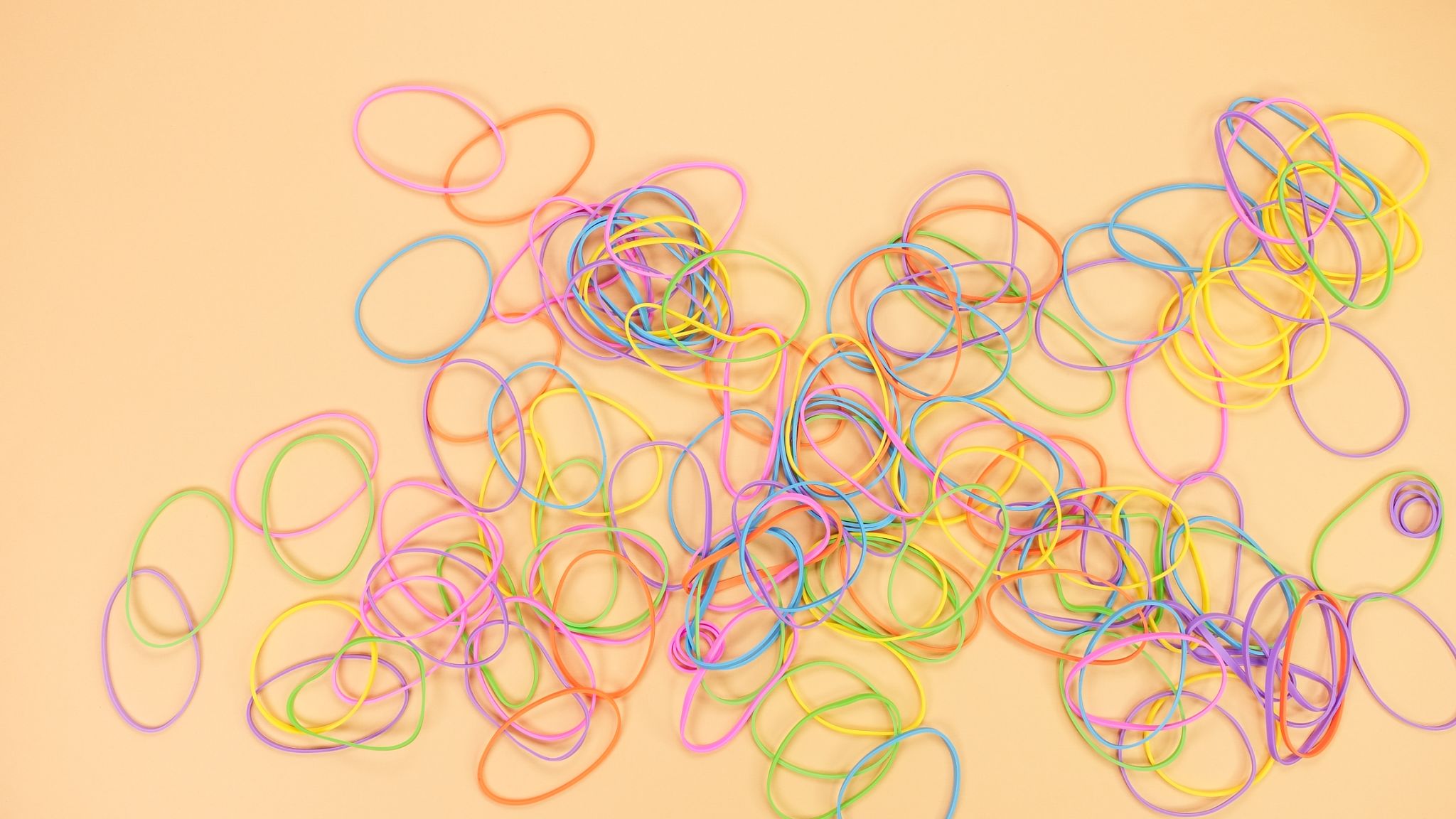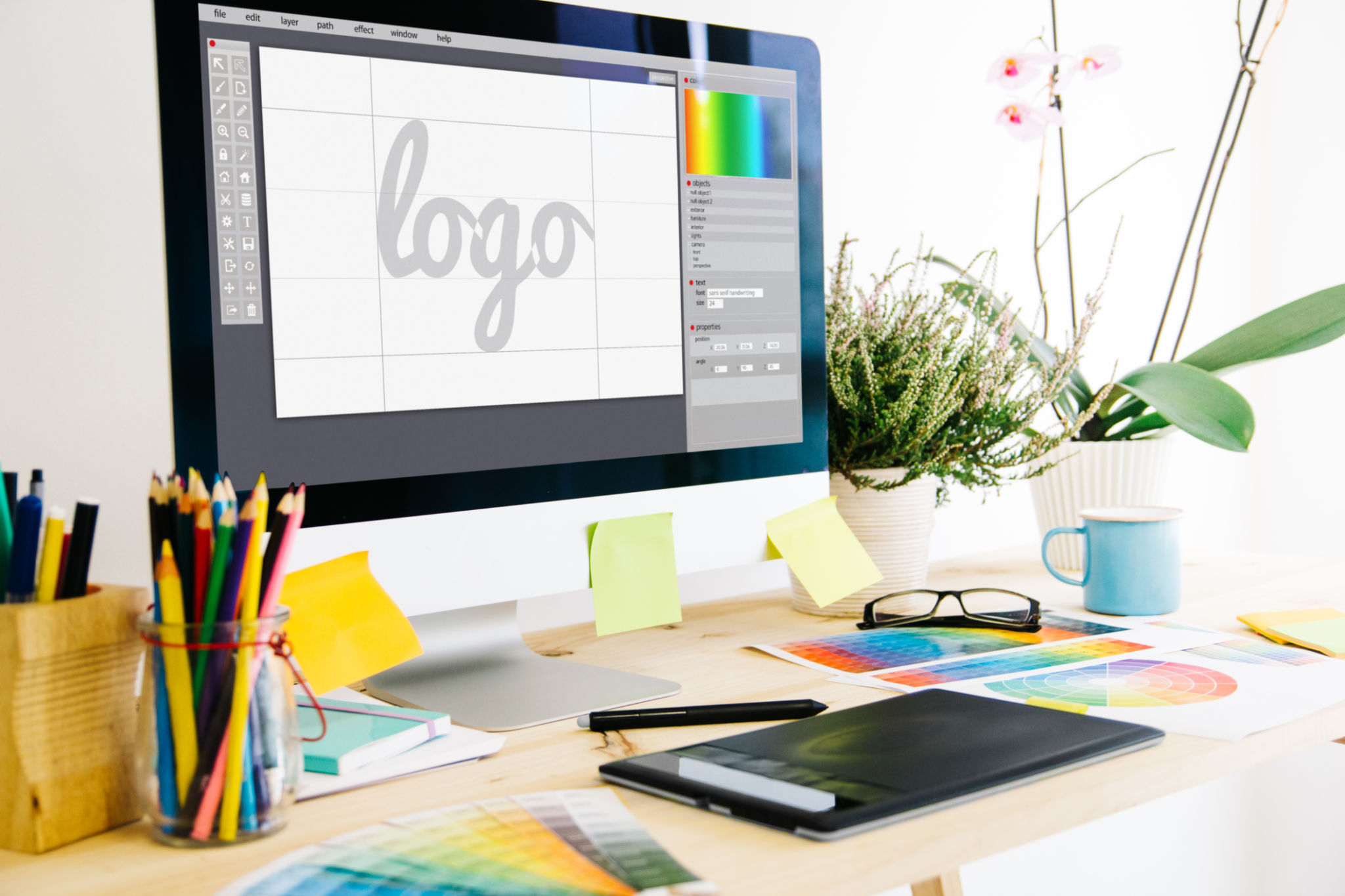Graphic Design Tips for Stunning Clothing Prints
Understanding the Basics of Clothing Print Design
Creating stunning clothing prints begins with mastering the basics of graphic design. Understanding elements such as color theory, composition, and typography is crucial when designing prints that will captivate and appeal to your target audience. Always ensure that your designs align with the brand's identity and the garment's overall theme.
Incorporating color effectively can make or break your design. Opt for colors that not only complement each other but also resonate with the intended mood and style of the garment. Keep in mind that different colors can evoke different emotions, so choose wisely to convey the right message.

Choosing the Right Patterns and Textures
Patterns and textures play a vital role in clothing print design. They can add depth, interest, and dimension to a piece, transforming a simple fabric into a work of art. Consider using a mix of geometric shapes, florals, or abstract designs, depending on the fashion trend and target demographic.
Experimenting with textures, whether through digital design techniques or by incorporating tactile elements like embroidery, can elevate your designs. Textures add a layer of complexity and uniqueness that can make your clothing prints stand out in a crowded market.

Balancing Simplicity and Complexity
One of the key challenges in clothing print design is striking the right balance between simplicity and complexity. While intricate designs can be visually appealing, they may not always translate well onto fabric. Consider how the design will look on different body shapes and sizes, ensuring it's both flattering and functional.
Simplicity can often be more powerful, particularly when it comes to everyday wear. Clean lines and minimalistic patterns can create a timeless appeal that resonates with a broader audience. Aim for a design that is both versatile and visually impactful.
Using Technology to Enhance Designs
Today's technology offers graphic designers a plethora of tools to enhance their clothing prints. Software like Adobe Illustrator and Photoshop allow for precise control over every aspect of the design process. These tools enable designers to experiment with various elements until they achieve the perfect balance.
Additionally, 3D modeling software can provide a realistic preview of how the print will look on a garment. This technology helps in making adjustments before going into production, saving time and resources while ensuring the final product meets expectations.

Testing and Feedback
Before finalizing any clothing print design, it's essential to test it on actual fabric samples. This process allows you to see how colors and patterns translate from screen to fabric and make any necessary adjustments. Gather feedback from peers or focus groups to gain insights into how your design is perceived.
Feedback is invaluable in refining your work. It provides an opportunity to identify potential improvements or modifications that could enhance the overall appeal of your clothing prints. Always be open to constructive criticism as it can lead to significant enhancements in your designs.
Staying Inspired and Informed
The world of fashion is dynamic, with trends constantly evolving. Staying inspired and informed is crucial for any graphic designer looking to create stunning clothing prints. Follow fashion shows, read industry publications, and keep an eye on emerging trends to ensure your designs remain relevant and fresh.
Networking with fellow designers and attending workshops can also provide new perspectives and ideas. Inspiration often comes from unexpected places, so always keep an open mind and be willing to explore different creative avenues.
